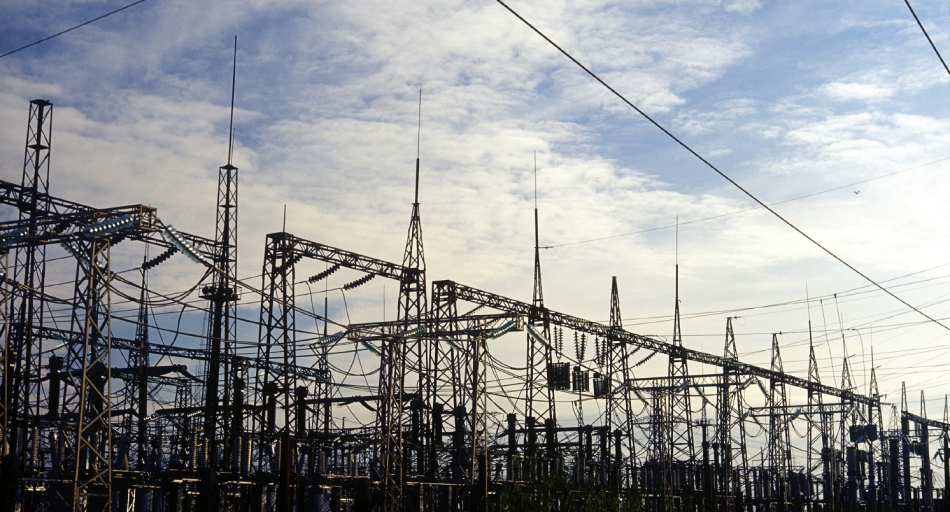
Critical infrastructures are complex socio-technical systems. Their components and sub-systems are characterized by specific behaviors which result from the applied rules of physics, from technical specifications, and the established control regime. The resulting behaviors tend to be quite complex under normal and under exceptional conditions. Dependencies between critical infrastructures result in more complex behavior, including cascading failures and nonlinear effects. This holds for dependencies within the same sector and across different sectors. Power grids, telecommunication networks, transportation, food, public health, and logistic systems are tightly connected – but managed largely independently from each other. Failures in one network can propagate within this network; for example, blackouts in power grids, traffic contingencies in telecommunication or logistic networks. More significantly, they can propagate to other critical infrastructures (CI) within the same domain (power blackouts) and to depending CIs in other sectors (power blackouts or telecommunication failures affecting all other CIs). Risk in one network directly influences risk in a depending one. Whereas information management and control within one critical infrastructure is well adapted to the needs of risk management within its own network there is currently no appropriate approach towards a holistic risk management taking risks from different critical infrastructures into account.
Things are already complex today – and they will get even more complex in the years to come. New technologies and system structures are evolving:
- in the power sector regenerative and distributed energy production, large distances of power transport, power trading, smart metering and smart grids
- in telecommunication networks an integration of telecommunication, Internet, and mobile networks
- in logistics a significantly increased role of information and communication technologies
- In food safety and protection, logistics management, efficient distribution and interconnected production networks, lead to consumer items with ingredients from dozens of countries that can travel from field to table in only a few days with interrelated dependencies on computer networks, transportation networks, logistics, energy, and finance.
